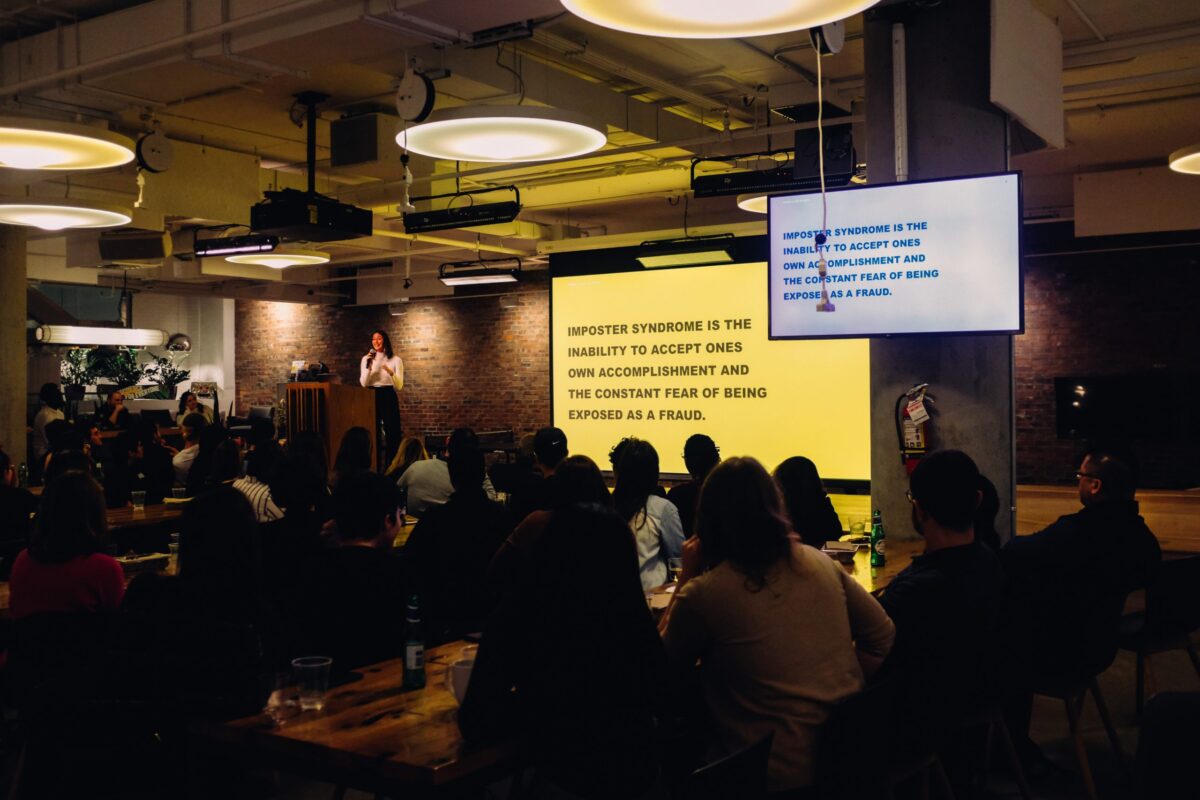
I recently had a pair of shoes re-soled. I always take my shoes to this one little repair shop in the west side of town. The gentleman there is detail oriented, very friendly, and prides himself in providing high quality services, excellent explanations, and exceptional customer service. I picked up the shoes and they looked so good (almost new) that I immediately packed them for a trip the very next day.
While making a presentation at a client I noticed a weird feeling of being off balance. The heal of my left shoe was missing. The client noticed me looking for it and exclaimed, “it’s under your table,” pointing to this black object. I was embarrassed. I tried to fix the heal but it just would not stay. I needed to buy a new pair of shoes that evening to avoid further embarrassment and possible injury walking on uneven shoes.
The shoe maker had no knowledge of my problems. With the best of intentions, he did his work and it was not nearly up to the usual standard of care I had been used to seeing from him. His poor-quality workmanship (or mistake) cost me embarrassment, inconvenience, and money. Poor hand-offs cause problems for customers in ways that we often never come to know.
One story of tragedy involving poor hand-offs concerns the Titanic. We all know the story of the great ship which hit the iceberg. Although the lookouts that evening saw the iceberg, the size of the ship, it’s lack of maneuverability, and its speed all contributed to the inability of the crew to turn the ship in time to avoid the disaster. The lookouts were without binoculars that evening.
The person responsible for the binoculars had forgotten to leave the keys to the cabinet where the binoculars were locked up. The crew could not access the binoculars and so the lookouts were told to do their important job without them. The hand-off of the keys to their proper place might have played a key factor in the demise of the ship that night. If the lookouts had seen the iceberg sooner, could the great ship been turned in time? We will never know.
As leaders, one of our responsibilities must be to consistently communicate the importance of delivering hand-offs exactly how the customer (internal and external) needs them, exactly when needed, and with the proper quantity and quality. Furthermore, leaders must create the environment that optimizes the probability all employees can and will manage their hand-offs with these results.
Toyota provides a notable example of an organization that does this well. One of their tools is the “Four Rules”. (Bowen, 1999) The rules provide one of the practical applications of Toyota’s philosophy which can be described in one sentence: “The right process will produce the right results”. (Glauser, 2005) The theory is that processes deliver results where as many leaders still focus on how individuals deliver results (80-90% of organizations have pay-for-performance policies which reward top performers). Toyota (and Dr. W. Edwards Deming) recognizes that processes, along with cooperation to improve processes, deliver results.
Thus, the Four Rules help everyone manage the quality of their individual hand-offs. The Rules are:
- All work shall be highly specified as to content, sequence, timing, and outcome.
- Every customer-supplier connection must be direct, and there must be an unambiguous yes-or-no way to send requests and receive responses.
- The pathway for every product and service must be simple and direct.
- Any improvement must be made in accordance with the scientific method, under the guidance of a teacher, at the lowest possible level in the organization. (Bowen, 1999)
These rules enable any organization to empower all employees to be responsible for the continuous improvement of their hand-offs. Setting this up requires optimum leadership. It requires a shift in thinking to results by process not results by individuals. It requires leaders to remove barriers instead of evaluating individual performance. It requires a creation of an environment with trust and a reduction of fear.
Focusing on improving hand-offs can avoid everything from embarrassment to hitting an iceberg.
Dr. Wally Hauck, CSP helps leaders boost profit by unleashing the genius of every employee. By showing leaders how to get the best from their teams, with proven methods and by avoiding morale-busting mistakes, leaders can achieve their strategic goals more quickly and with less waste.
For more than 20 years Wally has worked with nearly 200 organizations, hundreds of leaders, and thousands of employees to optimize engagement and customer experience. Many have achieved significant transformational improvements.
Wally holds a doctorate in organizational leadership from Warren National University, a Master of Business Administration in finance from Iona College, and a bachelor’s degree in philosophy from the University of Pennsylvania. Wally is a Certified Speaking Professional or CSP. As a professor of Organizational Change and Development at the University of New Haven in Connecticut Wally received the highest ratings of all professors in 2012.
Wally is a proud member of the C-Suite Advisors Network
Bowen, S. S. (1999). Decoding the DNA of the Toyota Production System. Harvard Business Review.
Glauser, E. C. (2005, April 1). The Toyota Phenomenon. Retrieved from The Swiss Deming Institute: http://deming.org



















